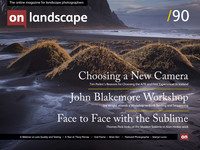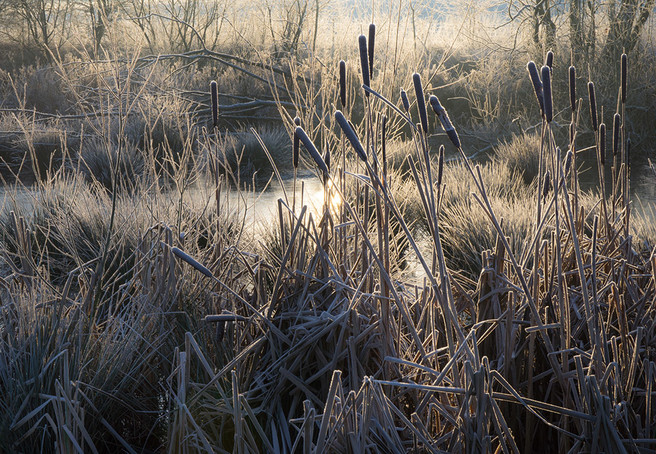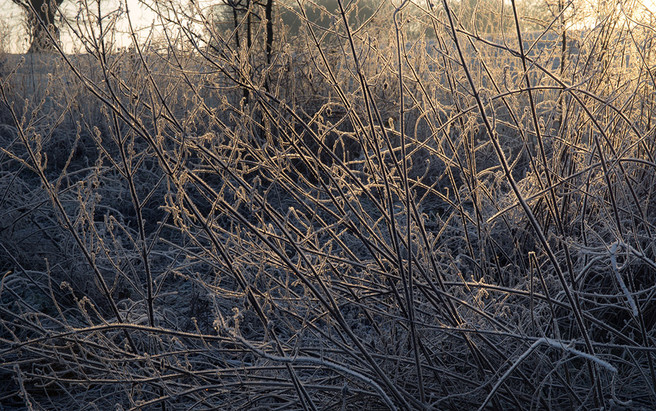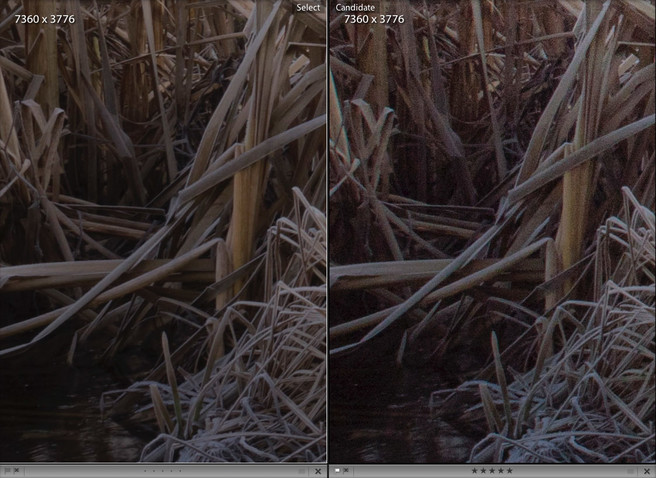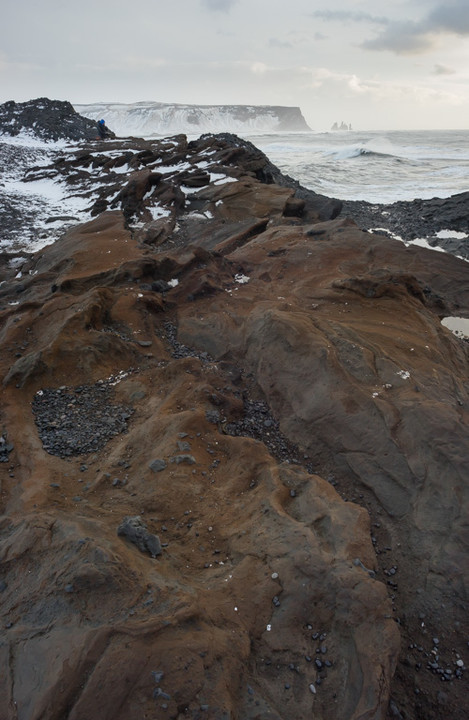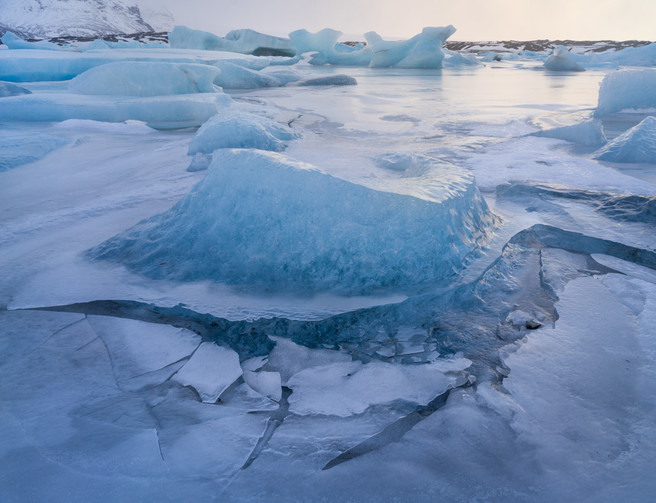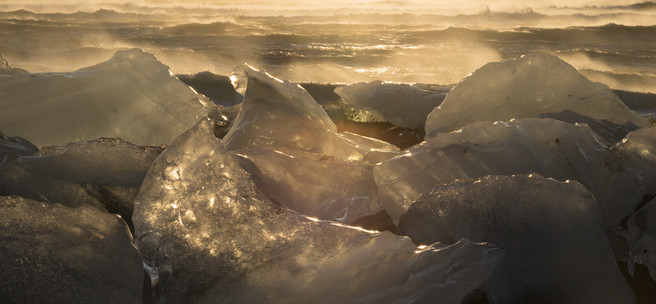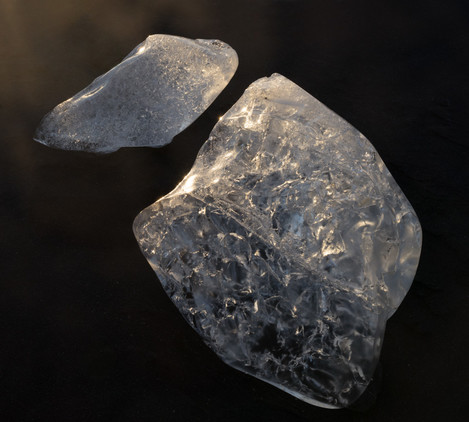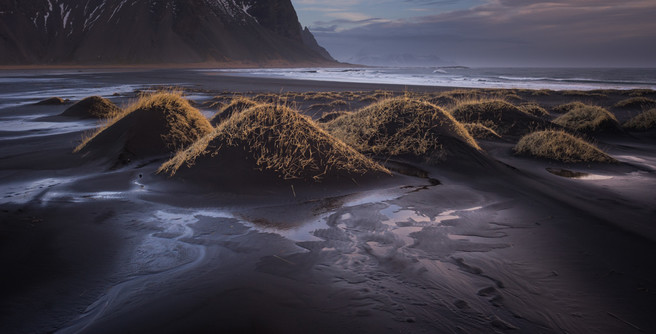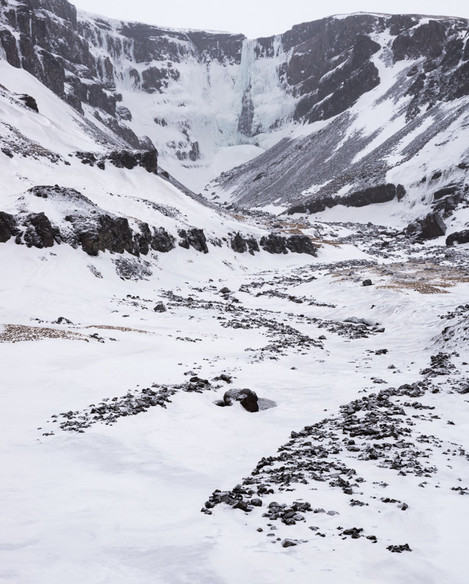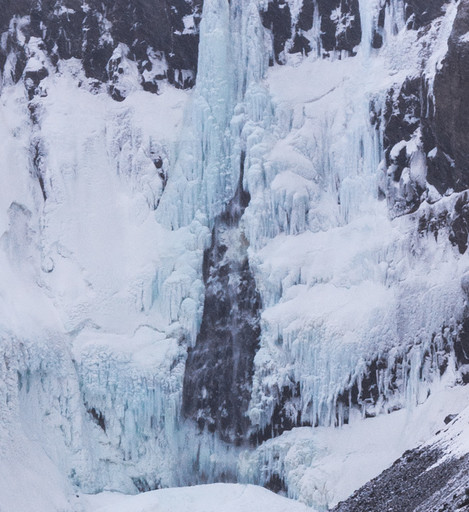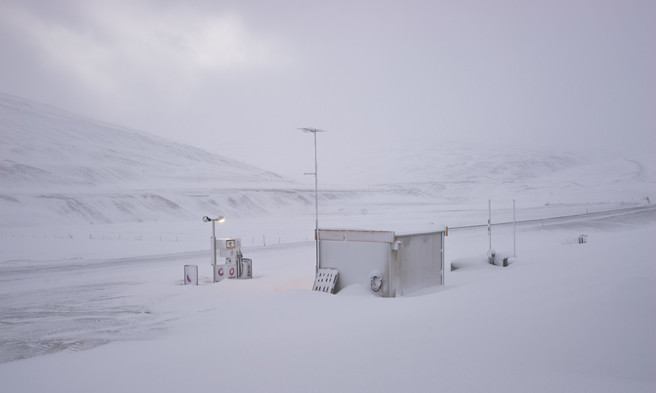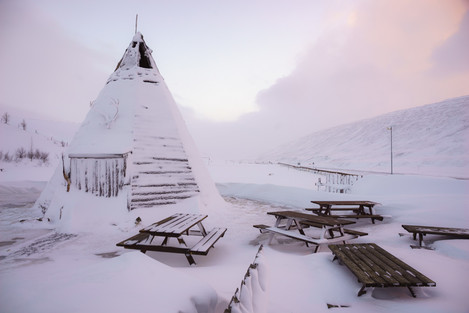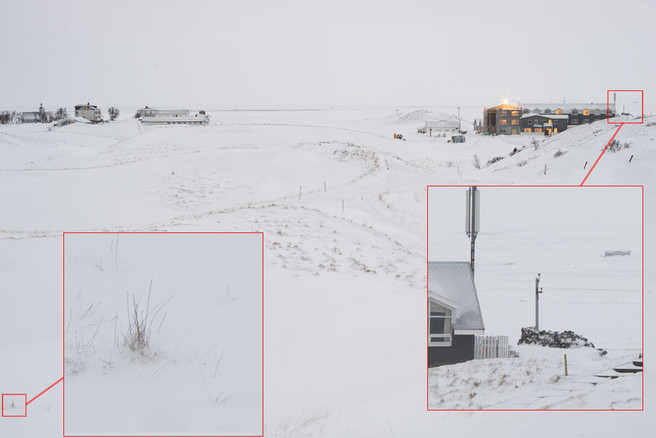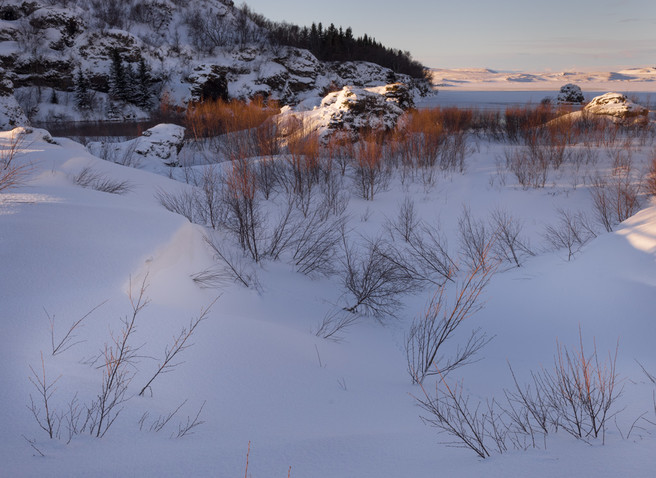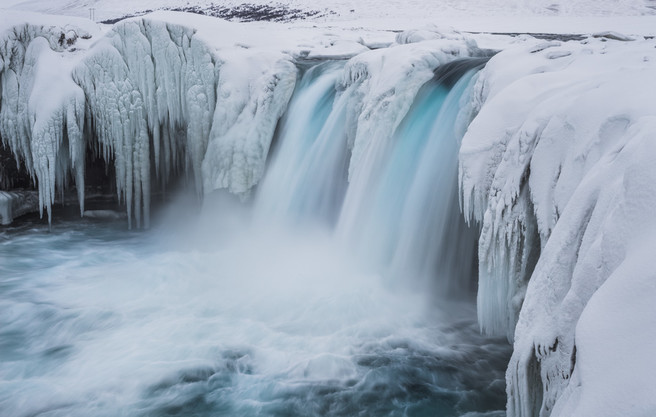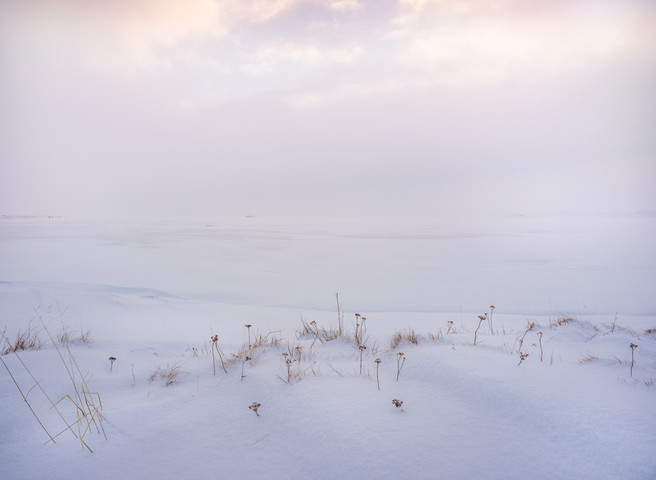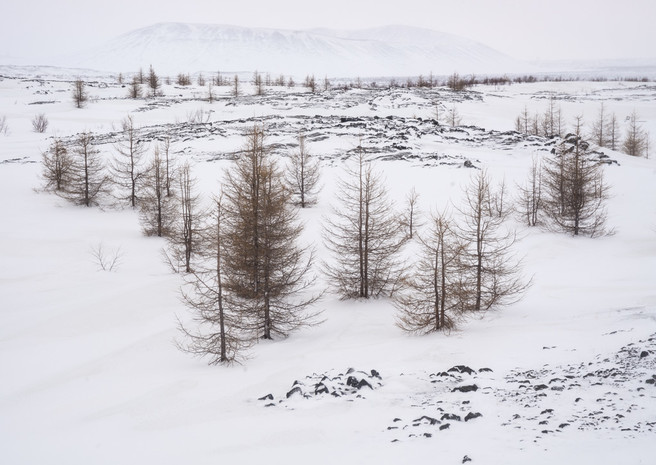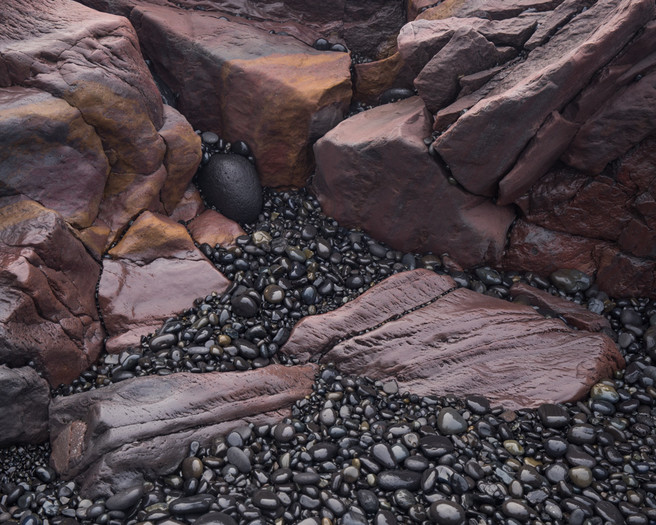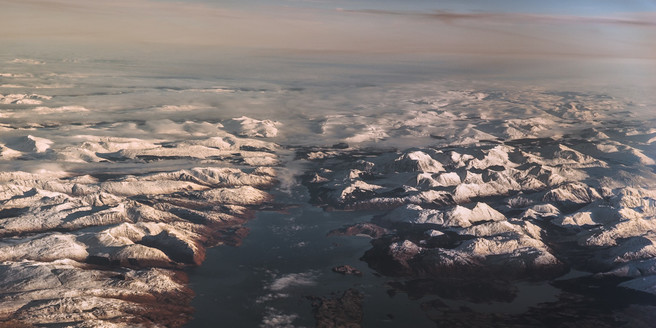A Look at Tim Parkin's experience with the Sony A7R

Tim Parkin
Amateur Photographer who plays with big cameras and film when in between digital photographs.
At the end of last year I realised I could really do with upgrading my digital camera. This was prompted by a couple of things. The first was the fact that my current camera is heavy and combined with a chunk of glass that is the 28-135mm Minolta “Secret Handshake” lens it weighed almost as much as my large format camera. The second was that if I wanted to write about photography it made sense to be using a camera that was contemporary and hence relevant to our readers. I should say that I was very happy with the Sony A900, it has the best colour of any camera I’ve used and is virtually waterproof (I only have to stop using it when the viewfinder actually fills with water. It still takes pictures at this point though!).
So what were my candidates? On the Canon side it was the 6D or 5Dmk3, on the Nikon side the D810, on the Sony side the A7R and I also considered the various smaller format mirrorless cameras like the Fuji XT-1, Olympus EM5 and Pentax K3.
Weight is a concern for my photography as I want to be able to either travel very light or take a camera out with my large format system. I would also like to use a full range of adapted lenses. This really precluded the larger DSLRs and so I was deciding between the Sony A7R or other mirrorless cameras. Having tried the Fuji, Sony and Olympus cameras I preferred the colour of the Sony and the ability to use lenses at their native resolution was very attractive.
The other aspect is that I wanted to use adapted lenses with a Mirex adapter as has been mentioned by both Joe Cornish and David Tolcher. Their enthusiasm for the system (despite it’s disadvantages, that I’ll come back to) also reassured me of my decision.
I’ve always tried to buy refurbished cameras where possible and Sony didn’t let me down on that front. The Sony A7R was available for under £1000 with a year warranty from Sony’s website and so a few days later I received the camera (in a box so small that I thought they’d delivered the wrong camera!).
The next step was to decide what glass to put in front of the camera. As the Sony mount is so close to the sensor there is the option to attach a whole range of lenses. I had two types of lenses I wanted to use - a basic walkaround zoom lens and a nice prime set of lenses.
I also wanted to use the Mirex tilt-shift adapters and after working out compatibility issues I ordered a Sony E to Canon EF tilt shift adapter which would allow me to use most 35mm lenses like the Nikon, Olympus Zuiko, Pentax, etc. as the Canon EF mount is the shortest sensor to mount distance out of all of the full frame DSLRs and I can adapt from that to most others.
Finally, I also wanted to adapt medium format lenses to the Sony. On this point I had had a tip off from Joe Wright that the Bronica SQ lenses could be used manually, albeit with a bit of fiddling (you need to hold the depth of field preview lever down to get the lens to stop down - more about that in a bit). The advantage of the Bronica lenses over the other possibilities like Hasselblad, Pentax and Mamiya are in price and performance. The Hasselblad lenses are wonderful but expensive, likewise the good Pentax lenses. Mamiya lenses are good at the longer edge but are quite soft at 45 and 35. The Bronica lenses are very sharp though (they were famously compared against the Hasselblad lenses in a review in the 80s and caused a great deal of fuss by beating them) and because they aren’t well known as lenses that can be adapted they are also very cheap. The 40mm lens in particular is stunning (I’m just getting my permanent copy).
A few people have asked whether having so many adapters can cause cause problems. Well as far as I can tell so far it doesn’t cause any major issues. That doesn’t mean it won’t in your case though. Obviously some adapters will be different than others and each will have it’s own weakness. Some of these weakness will cancel each other out but if you’re unlucky they’ll reinforce each other and cause an issue. At that point it might be a good idea to swap out an adapter (or lens if you can afford it).
So which lenses
Walkabout
Choosing a lens based on other people’s tests can be quite painful. Quite often the tests take a great deal of knowledge to understand where they are coming from and secondly they are not ‘universal’. i.e. you can’t compare one set of tests with another (without knowing they used exactly the same methodology, test charts, lighting, etc).
The problem is so complicated that we’re running a live webinar on it next week but for now I can summarise by saying that I’ll shoot most landscapes at around f/8 or f/11 and I want sharp corners. Checking websites such as photozone.de, dxomark.com, etc I compared the various options for mid range zoom lenses. The Sony-Zeiss options were sharp in the center but the corners suffered somewhat, the sharpest lens seemed to be the Canon 24-70 f/2.8 USM II but it so heavy. Interestingly though, the Canon 24-70 f/4 IS was as good in the far corners and sometimes better. For me, as long as the centre resolves at a pixel level, having a bit lower contrast doesn’t matter, but the lens must resolve well in the corners. The Canon 24-70 f/4 IS does this well and also has the benefit of the fantastic Canon image stabilisation (enabled through the use of the Metabones adapter).
Prime Lenses
My budget was being a bit stretched and I knew I had to choose manual focus and aperture lenses in order to use the Mirex tilt adapters. Fortunately I already had three lenses that fit the bill. The only problem was that they were Canon FD lenses which can’t be adapted to Canon EF. Fortunately I had discovered a man who is able to change the mount on the back of FD lenses to a well machined and calibrated EF mount. The Lens Doctor (or Eddie Houston as his I imagine his mum calls him) took my Canon FDn 24 f/2.8, 50 f/1.4 and 100 f/2.8 and changed the lens mounts over and gave them a check at the same time. Eddie charges £99 for each conversion. I was interested in checking these lenses against the Olympus Zuiko equivalents but this will have to wait for a future article. However, I did some background checking online - http://thephotofundamentalist.com/?p=544 - and they looked promising
Double Adapters Batman!
Finally, after seeing Joe Cornish with his two adapters in a previous article I knew this had to be part of my package. I couldn't afford the Hasselblad 40mm CFE but the Bronica SQA lenses perform very well indeed for a fraction of the price. To this end I swapped a bunch of old equipment for a Bronica SQA setup with 40mm, 80mm and 150mm PS lenses. The seller couldn't send the 40mm initially so substituted a 50mm instead. I also bought a 250mm lens to use on the SQA, although I'm not thinking about putting it on the A7R.
But enough of the theory.. The proof is in the pudding.
Test One
Out and about in the Yorkshire Wolds
My first test was to take the camera and the Canon Zoom lens down to my local pond and see how the camera worked and whether the Canon was as good as I’d researched. The first thing I noticed was that the Metabones powering the Canon's Image Stabilisation was capable of remarkable feats of handholding. The second frame here is captioned correctly 1/8 of a second handheld - very pleased
On a quick aside, a big thing is made of the Sony’s amazing dynamic range, suggesting that we don’t need exposure blending or grads anymore. Well I don’t have my grads set up on the Sony yet and so I’m blending exposures. Here’s an example a shot post processed in a single frame and one where I’ve blended exposures.
I think it’s obvious from this that although you could get away with the unblended shot, the blended shot just shows better resolution, colour and cleanliness. The extra dynamic range really means you can take fewer shots for a blend or use fewer graduated filters (which can mean less blocked up peaks perhaps). But the extra dynamic range isn’t enough on its own to get a fine art print in these sorts of conditions.
I was very happy with both of these results though. The colour on the LCD and straight out of camera when imported was very nice and although there is a ‘flavour’ aspect to whether we like the colour out of a certain camera, I’ve been using film as a reference (presuming that the billions going into movie industry will get a result that people like) and the Sony files seem closer to that than most cameras I’ve used. (the very best being the Sony A900 that I used to own).
As for usability - it’s not the best in the world and there are certain things I hate (why oh why is zooming in during live view and during preview done with different buttons?! Why does it take multiple presses?! Why can’t I zoom in and out with the control wheels!?) but if you’re only interested in basic exposure modes, exposure compensation with the occasional shutter release and white balance options then all is OK. The controls can be a little slow to respond on occasion which would probably annoy me if I were a sports photographer or papparazi but it hasn’t lost me a landscape shot yet.
Onto a proper real world test though! Just after buying the camera came our trip to Iceland.
Iceland with the A7R
The real baptism of my A7R was a two week long tour around the periphery of Iceland with my wife Charlotte (who was baptising an RX100MIII at the same time) and David and Angie Unsworth. The first shot in anger was with the Canon FDn 50mm f/1.4 with a substantial amount of tilt.
The new Mirex adapters have a tripod mount on them so being able to hold the whole camera whilst adjusting tilt gives a greater degree of leverage for smaller adjustments. It also keeps the lens pointing in the right direction and so minimises the shift of your composition as you apply tilt.
For this particular shot I focussed half way into the frame and applied tilt until the foreground came into focus. This got me very close and a couple of tweaks finalised things. f/11 brought everything nice and sharp.
Here's one with the 24-70 f/4 IS at 24mm.
We paid a short visit to a constipated Jokulsarlon (the exit of the lake was blocked under the bridge so very few icebergs) and this time I just used the Canon 24-70 f/4 IS hand held. The image stabilisation works a treat and I could hand hold at 1/15 and get critically sharp shots. This time the sun was out though so it was a lot easier, 1/160 at f/16 at worst. Using the live view zoom to manual focus was a breeze too.
On the way through the Eastern Fjords we stopped briefly at Stokknes for the wonderful black sand dunes with the Canon FD 24mm on the Mirex and then another stop at Hengifoss where I needed just a bit of extra reach and ended up using the 250mm Bronica SQA lens. This is a monster of a lens and mounted via two Mirex adapters and a Fotodiox Mamiya 645 to Bronica SQ adapter it really shouldn't have worked that well but work it did. The second shot here was taken with the Canon 24-70 at 60mm and f/11 and it's pretty crisp all the way to the corners (see 100% sample following it).
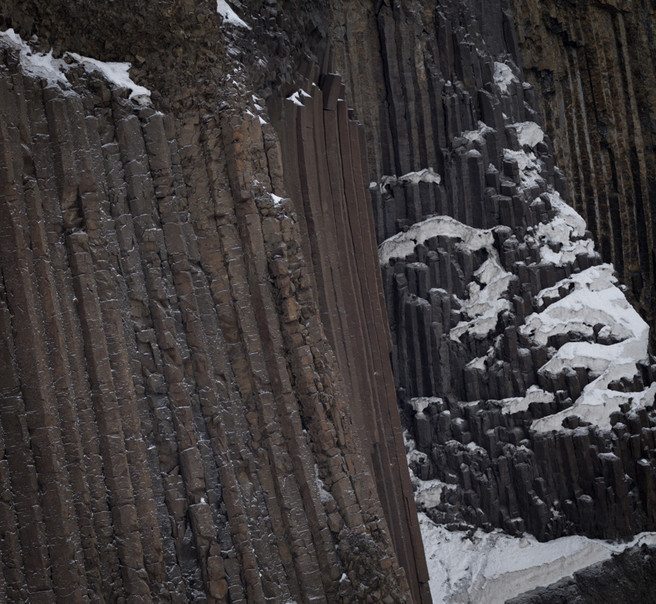
Bronica SQA PS 250mm (approx 1/50 @ f/11) via two Mirex adapters and a Fotodiox Mamiya 645>Bronica SQ
Here are another couple from the 24-70 f/4 IS. I loved the ability to hand hold in low light. The first was whilst trapped in the North East of Iceland when the storm came down - we ended up sheltering in a Reindeer lodge overnight (a cross between a hotel and a hostel) but the next morning was beautiful for our journey to Myvatn.
We spent most of our time in Myvatn and hence I got to play with the camera more. The lightness of the Canon FDn lenses meant I could carry the A7R and one lens in my hand and the other two lenses in my pockets. Alternatively if I was scouting around I would mount the 24-70 f/4 IS and put the adapter/lenses in my pocket or side pocket of my bag.
One of the best tests I made of the Mirex adapter and Canon FDn lenses was whilst returning from a walk around the pseudo craters in Myvatn. The grasses made a great 'fine detail' test and the buildings on the horizon were good for fine texture. Here's a test from the 24mm lens tilted to get near-far focus.
The remainder of my shots in Myvatn were a mix of the Canon FDn lenses and the 24-70. I didn't use the medium format lenses as often as I had hoped as they were usually in my bag and when I was taking a 'special' shot I was using either my Chamonix 4x5 camera or the Bronica SQA medium format camera. The fact that I was able to carry the A7R with me as well as either the Chamonix or Bronica is a testament to the portability of such a system. Here are a few more shots from the remaining time in Myvatn and Snaefelsnes.
And finally I was most jealous of the weather conditions in Scotland while I was over in Iceland and although the trip was magic, I had been waiting for snow conditions like we had north of the border for a few years. So it was a great pleasure to trump everybody else's Monroe photographs by capturing more in one shot than most people's trips combined.
What Could be Improved?
Well there is that shutter bounce that people have been talking about. If you're in portrait orientation at around 1/100 of a second and using a longer lens then you may well lose sharpness, sometimes significantly. I only saw this a couple of times in Iceland. Once when taking a long shot of Hengifoss using a Canon EF mount adapted Contax Zeiss 80-200 that David Tolcher had loaned me and once at Goðafoss with the same lens. However I took a few shots and some were a lot better than others. Sony have to address this issue in the next iteration of the camera (as they have in the A7II).
I would also like to see better usability for live view. having to double click buttons and slowly move around the screen with arrows isn't great. No camera manufacturer has sorted this out perfectly but there are better solutions than Sony have.
The lens mount is plasticky and I would say that the tough e-mount replacement from Fotodiox is an essential upgrade. This shouldn't be necessary on a camera at this level.
Conclusion
The camera system's we use often reflect our own personal foibles and desires. A full DSLR system is still a big asset when auto-focus and fast moving subjects are needed - we can't quite replace the optical viewfinder yet. However, smaller camera systems are getting there and the fastest auto-focus systems is now a mirrorless camera (Sony A6000) using on chip phase detection. The optical viewfinder on the A7R is now perfectly usable for most genres of photography and for landscape is often quite a boon.
My own personal response to the A7R has been 95% positive. If we ignore the slightly clunky software and stick to simple manual modes or aperture or shutter priority modes and exposure compensation then the camera works very quickly. For me it's the flexibility in lens use and the final images that matter most though and the ability to use nearly any lens and to use many DSLR lenses with tilt is a big win.
The results from this camera speak for themselves too. I've printed at 16x20 and the prints have been 'noseable'. More importantly for me though, the colour rendition of the sensor is very good. All in all I'm very happy with the camera. I eagerly await the A7RII (hopefully with sensor stabilisation, a smoother quieter shutter, solid lens mount and maybe more megapixies).

